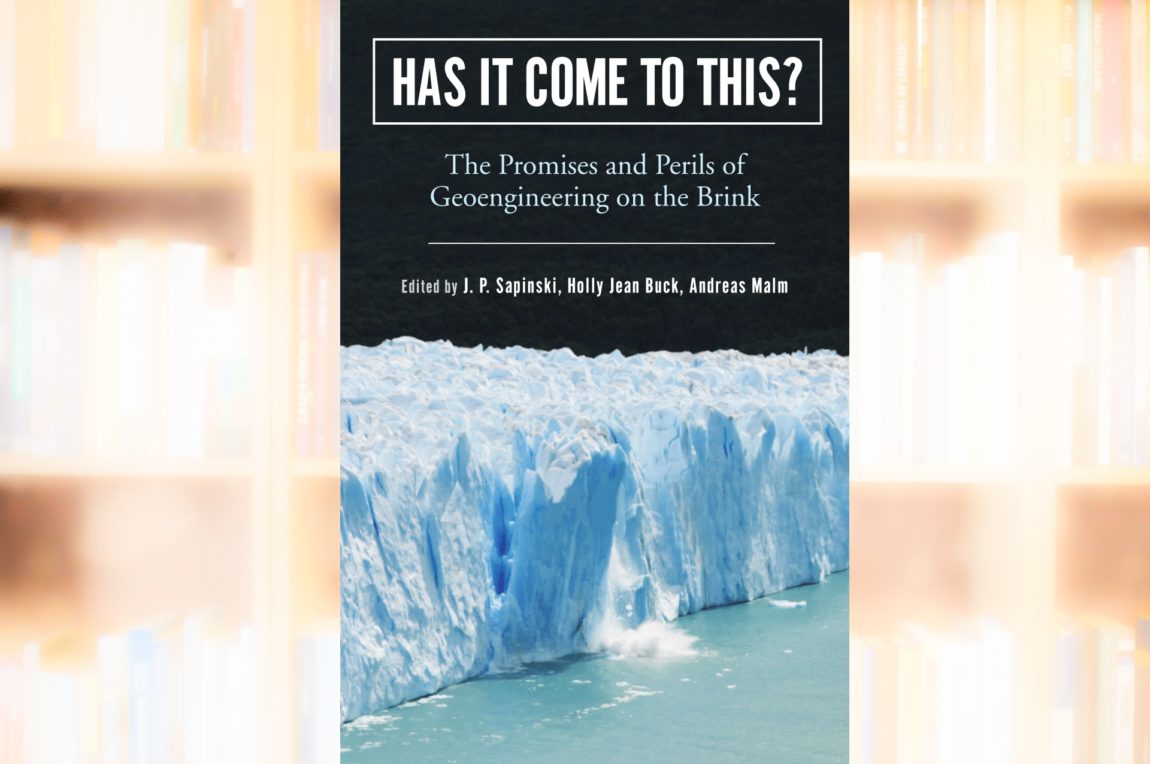David Wallace-Wells, författare till boken Den obeboeliga planeten, uppmärksammade under gårdagen på Twitter ett kapitel från den nya antologin Has It Come to This? The Promises and Perils of Geoengineering on the Brink.
Kapitlet det handlar om – Carbon unicorns and fossil futures. Whose emission reduction pathways is the IPCC performing? finns att ladda ned som pdf här, och texten är skriven av Wim Carton vid Lund University Centre for Sustainability Studies.
David Wallace-Wells tipsar om hela texten, som är på 17 sidor, men lyfter själv fram vad som står i inledningen, som han kallar ”exceptionally incisive about the hype of negative emissions”:
The basic problem with this idea is that the technologies supposed to deliver these “negative emissions” currently do not exist at any meaningful scale. Given the large uncertainties surrounding their feasibility, their expected effects on land use change, food security and biodiversity, and their scalability, it moreover seems improbable that they ever will. Indeed, there appears to be something of an unspoken consensus among scientists that the mitigation scenarios represented in the IPCC increasingly mirror science fiction-writing. (…) One expert summarized the skepticism well when she recently characterized such technologies as “carbon unicorns”, underscoring the widening gap between the level of mitigation that is needed, and the apparent infeasibility of the pathways that are supposed to take us there.


